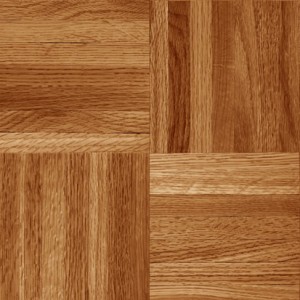Hardwood floors can add a range of variety, and style for diversifying your home’s interior design. Wood flooring can have an influential style of elegance, tradition, country, shabby-chic, or even modern. Hardwoods typically are easy and effortless for cleaning. With the deeper and more serious aesthetic blemishes hardwood floors can be a little more problematic on maintenance. They need to be treated with extra precaution, since scratches and indentions can become a common accident. Whenever dirt or sand is lying on the top of the hardwood floors, it’s almost a very similar effect like sandpaper. When you walk over the sand and dirt, it’s creating friction on the hardwood floor finish. A great way to help prevent scratches is to make people take their shoes off when they come into your house.
An essential concept when cleaning hardwood floors is, you are entirely cleaning the finish, not the actual wood. The easy methods of cleaning for any hardwood floor includes dusting, sweeping, vacuuming, mopping, and stain removal. It’s best to find out the manufacturer’s cleaning instructions before you start doing anything drastic. Secondly, it’s important to figure out what sort of finish your hardwood floors have. The most common found surface finish is polyurethane. Surface finishes blanket the wood with a clear topcoat, acting as a barrier from potential damaging. Other finishes include water-based polyurethane, pre-finished floors, and catalyzed. Hardwood penetrating seals typically consist of waxes, oils, or acrylic. If you can feel the wood grain, this is typically a penetrating seal. Majority of surface finishes have a glossy or shiny presence, whereas seals can have a satin or matte appearance. For all hardwoods, if possible try and sweep on a daily basis, and mop once or twice a week in high- traffic concentrated areas.
For surface finished, remember to avoid straight ammonia, alkaline products and harsh cleaners that can dull or scratch the finish. Also do not use oils, waxes or furniture sprays. Oil leaves a residue, furniture spray creates a too slippery surface, and wax makes recoating tough. An easy tip for eliminating scuff marks is to use a damp sponge and sprinkle a little bit of baking powder on it. Then gently (is the keyword here!), magically buff the marks away.
The process for removing stains from hardwood floors requires a few necessary steps. Commonly, you need to get rid of one or two layers of the floor finish. Next, sand the designated stain area with sandpaper. Then sweep up all the dust and loose particles before working on the area. Now take the same finish and only apply the exact amount of layers that you previously removed. To finish, simply buff over the area and you’re done!

Leave A Comment